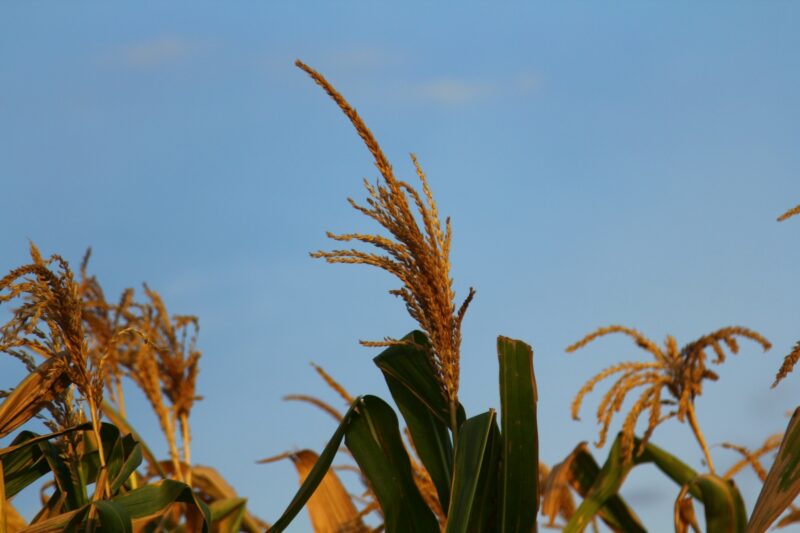Impacts of 1.5 versus 2°C on cereal yields in the West African Sudan Savanna
Authors
Babacar Faye, Heidi Webber, Jesse B Naab, Dilys S MacCarthy, Myriam Adam, Frank Ewert, John P A Lamers, Carl-Friedrich Schleussner, Alex Ruane, Ursula Gessner, Gerrit Hoogenboom, Ken Boote, Vakhtang Shelia, Fahad Saeed, Dominik Wisser, Sofia Hadir, Patrick Laux and Thomas Gaiser

To reduce the risks of climate change, governments agreed in the Paris Agreement to limit global temperature rise to less than 2°C above pre-industrial levels, with the ambition to keep warming to 1.5°C. Charting appropriate mitigation responses requires information on the costs of mitigating versus associated damages for the two levels of warming.
In this assessment, a critical consideration is the impact on crop yields and yield variability in regions currently challenged by food insecurity. The current study assessed impacts of 1.5°C versus 2°C on yields of maize, pearl millet and sorghum in the West African Sudan Savanna using two crop models that were calibrated with common varieties from experiments in the region with management reflecting a range of typical sowing windows.
As sustainable intensification is promoted in the region for improving food security, simulations were conducted for both current fertiliser use and for an intensification case (fertility not limiting). With current fertiliser use, results indicated 2% units higher losses for maize and sorghum with 2°C compared to 1.5°C warming, with no change in millet yields for either scenario.
In the intensification case, yield losses due to climate change were larger than with current fertiliser levels. However, despite the larger losses, yields were always two to three times higher with intensification, irrespective of the warming scenario. Though yield variability increased with intensification, there was no interaction with warming scenario. Risk and market analysis are needed to extend these results to understand implications for food security.











